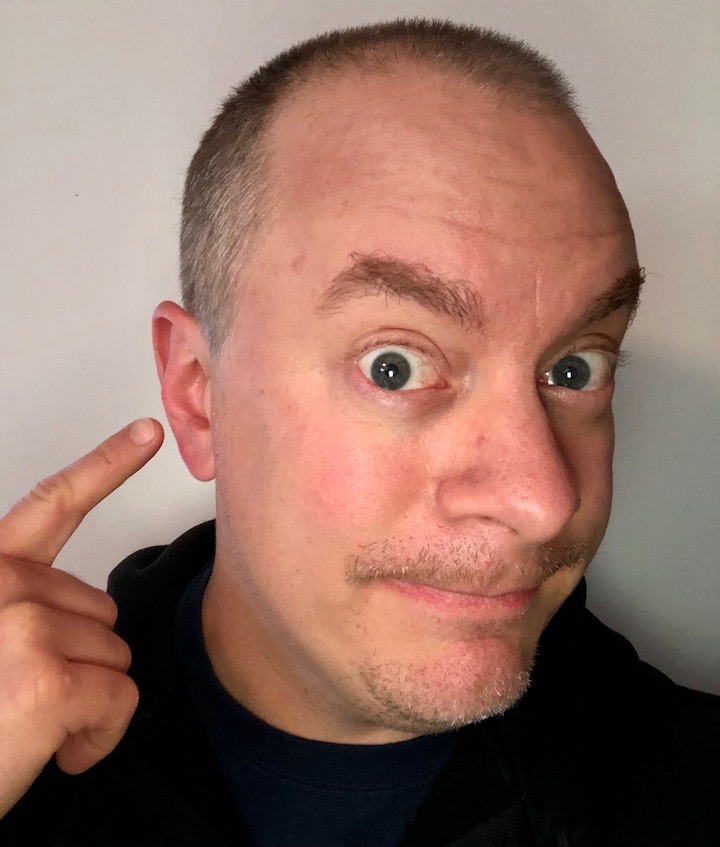
This post is a friendly reminder to use your ears and listen to the music you want to learn!
This is going to seem like a no-brainer to some, but as a professional guitar teacher I can tell you that it isn’t second nature for some people learning the guitar to listen to the music that they are currently learning. I see this a lot with kids and teenagers, sometimes adults, and even the occasional band member. They simply read the example or look up a tab, but don’t spend enough (or any) time listening and internalizing the music. I often half-jokingly tell my students when talking about listening to the music they’re learning, “YouTube exists. No excuses.” With the advent of the internet, pretty much any song you want to learn is available to listen to, most of the time for free! Here are 6 ways to improve your listening and learning experience.
- Listen to the point where you can anticipate every section of the song. If you want to play a song in it’s entirety, it is crucial to listen to the song until you are really familiar with how it goes and can anticipate each section as it comes. You also want to be able to anticipate specific riffs, chord progressions, solos, and melodies that you have to play.
- Active vs. Passive Listening: Whenever I have to learn a piece of music, I listen to it two ways. I’ll put in on in the background when I’m cooking, working, or when I’m driving. This is passive listening. Many times this can help you familiarize yourself with the music generally. At some point, I will make sure to listen actively. This means that your entire focus is listening to this piece. No multitasking allowed here! This gives you a chance to really get absorbed in a piece of music and internalize it. You will notice more subtle nuances as well, which can be vital to playing certain things correctly.
- Listen with headphones or on good speakers. Listening on a phone is ok, but you may miss a crucial part of the piece like a guitar harmony that isn’t mixed loudly or especially the bass.
- Listen over the course of time. Your ear will improve over time with practice, and you will likely hear more. As you are learning a piece, be sure to listen to it every day until you feel that you really know it. Over the course of time, this will happen naturally, and you’ll know when you reach this point when you can hum and/or sing the parts of the song.
- Revisit pieces of music you already know. A quick listen may reveal something you missed before that you can now add! If you are continually improving, you will likely catch things now that you didn’t before.
- Slow down fast or tricky passages, rhythms, and sections with a software or a website that does this. Capo and Transcribe are both fantastic programs that do this, and you can even slow down videos on YouTube. Again… no excuses!
This seems like a very simple idea. Listen to the music you want to learn. In our hectic, fast-paced, low-attention span world, this can be tricky sometimes. Take a breath, slow down, and listen to some of your favorite music. At the very least, listen passively, have it on in the background. If it’s really something you want or need to master, then take the necessary time to listen intently.
Try these steps the next time you need to learn a piece of music. They will definitely help you on your musical journey and goals, whatever they may be. Happy practicing and happy listening!
